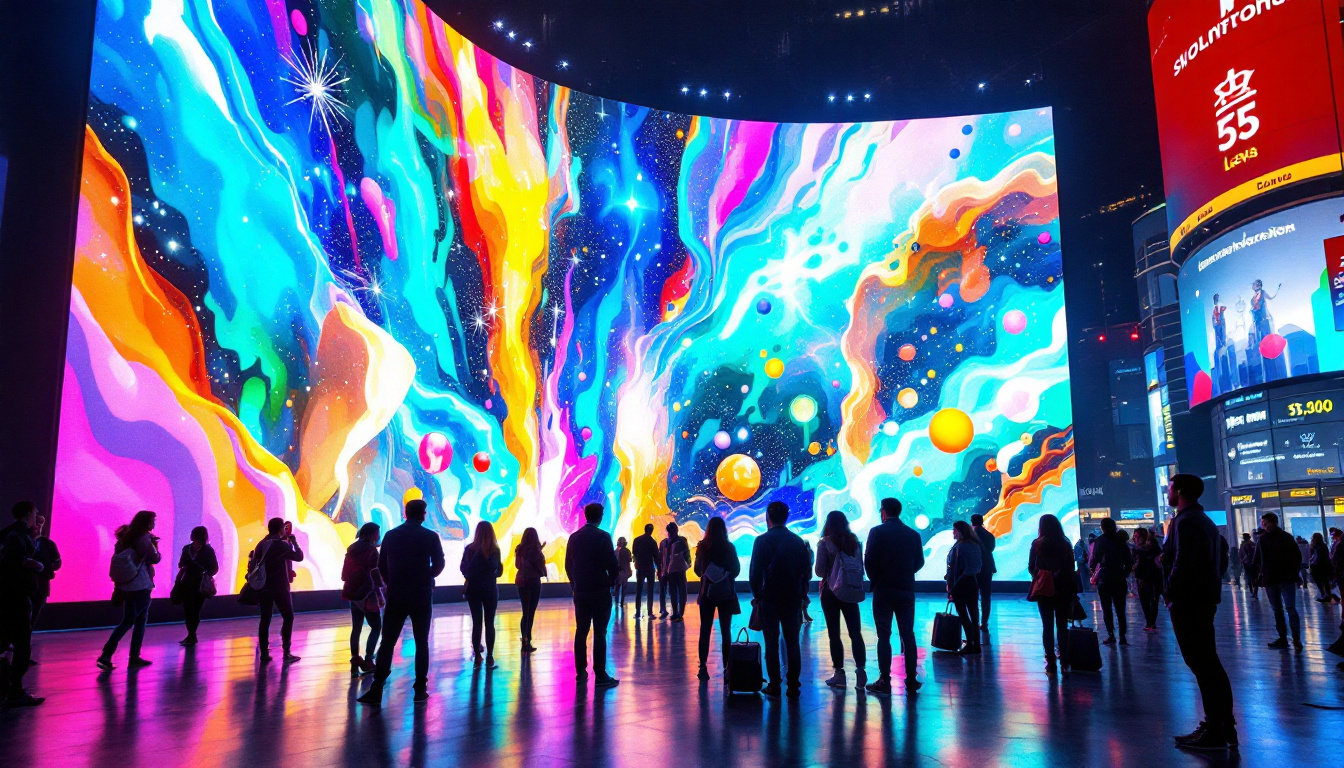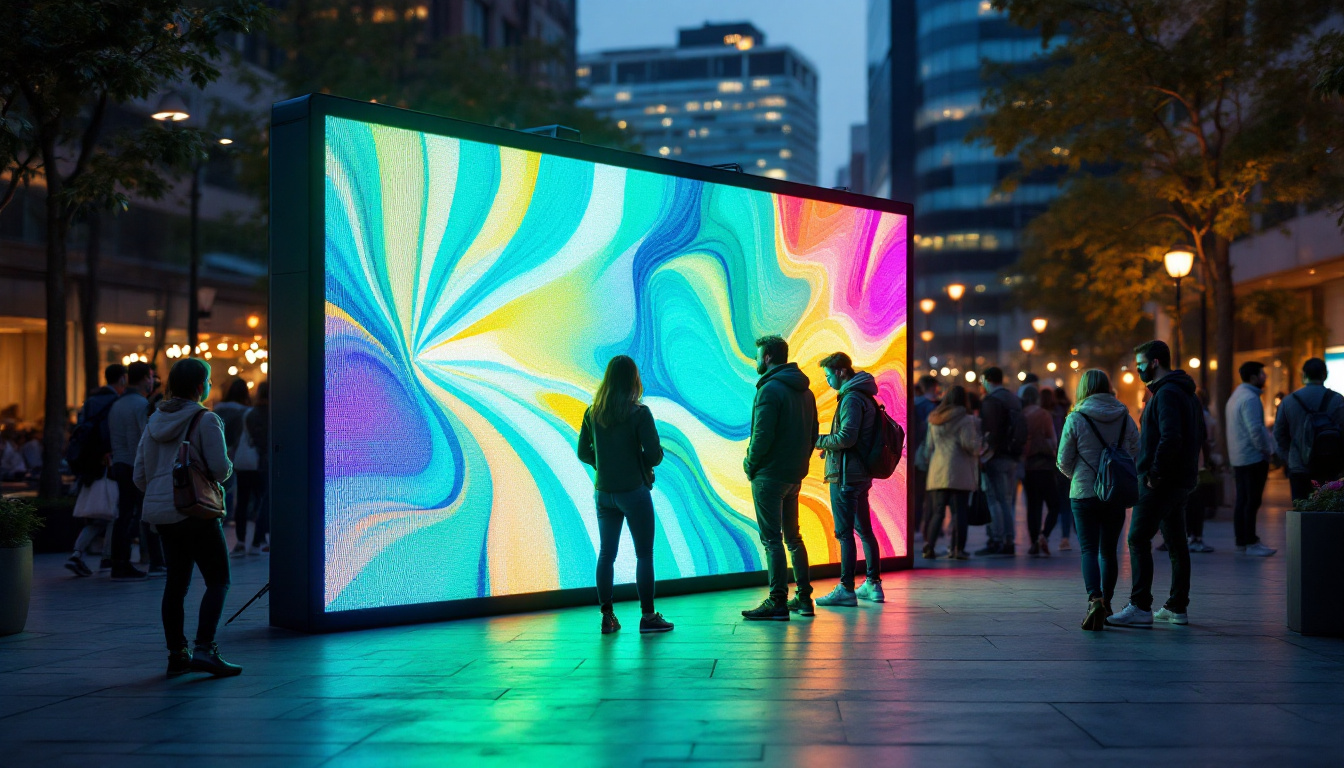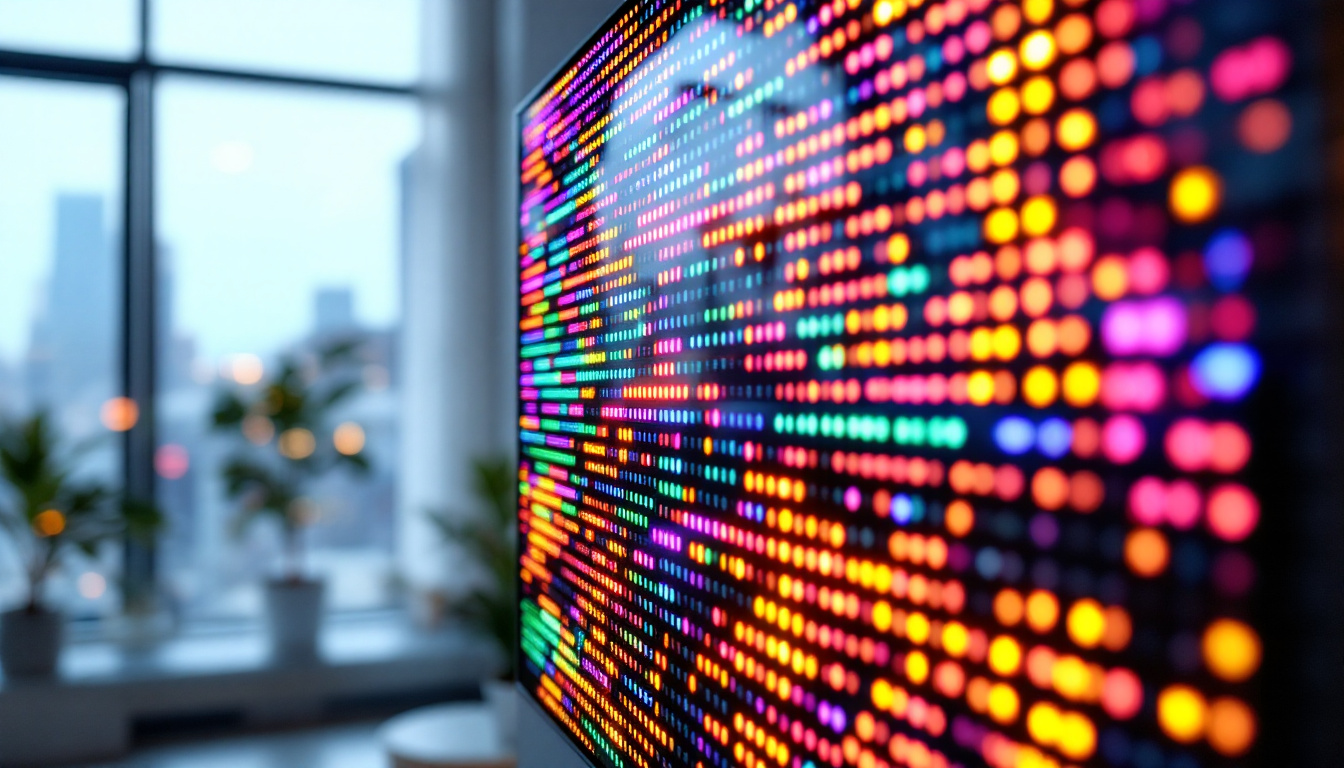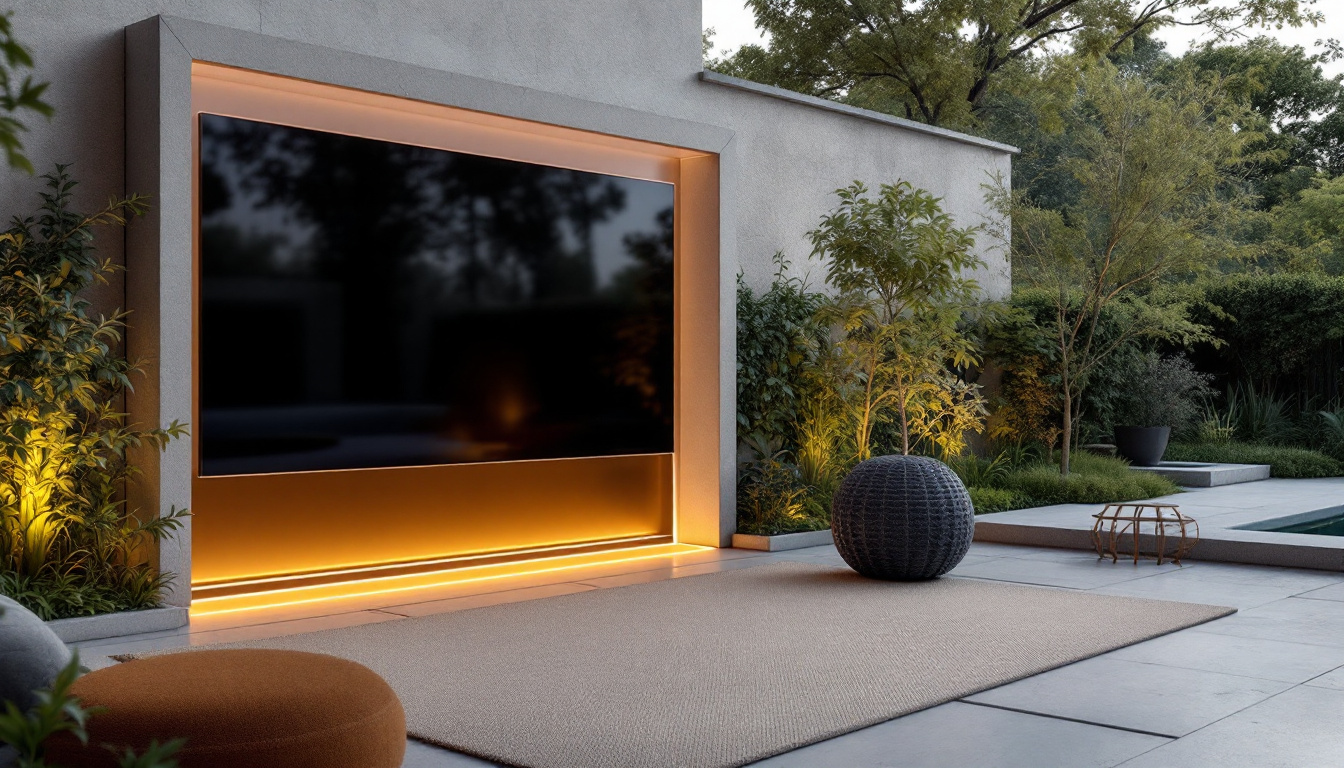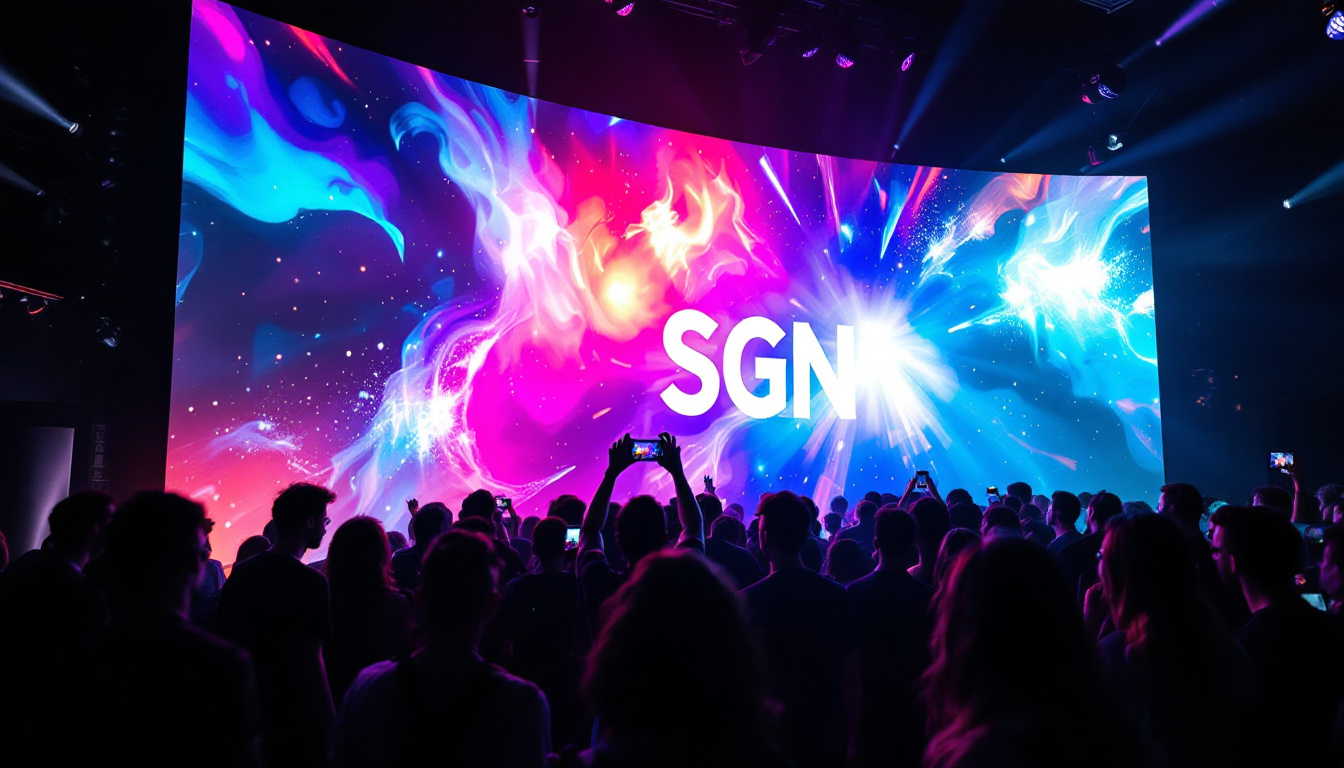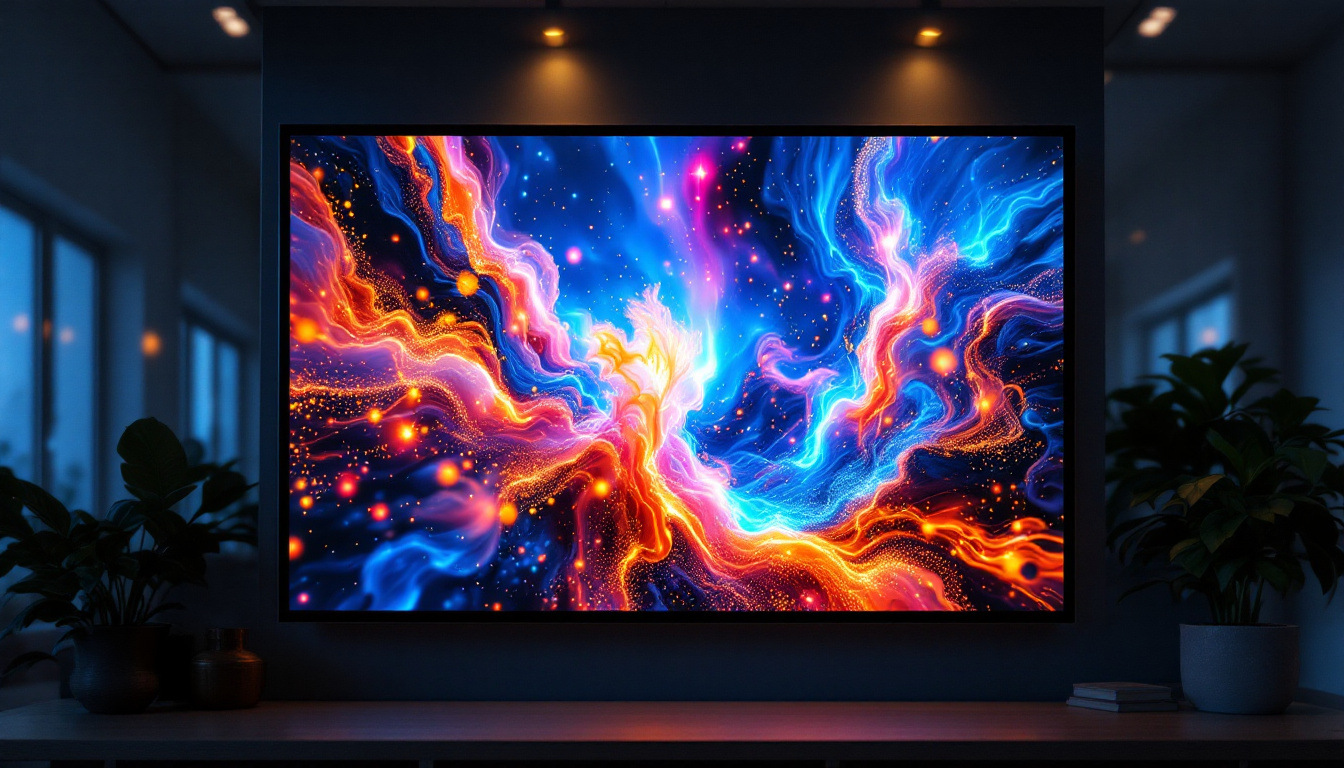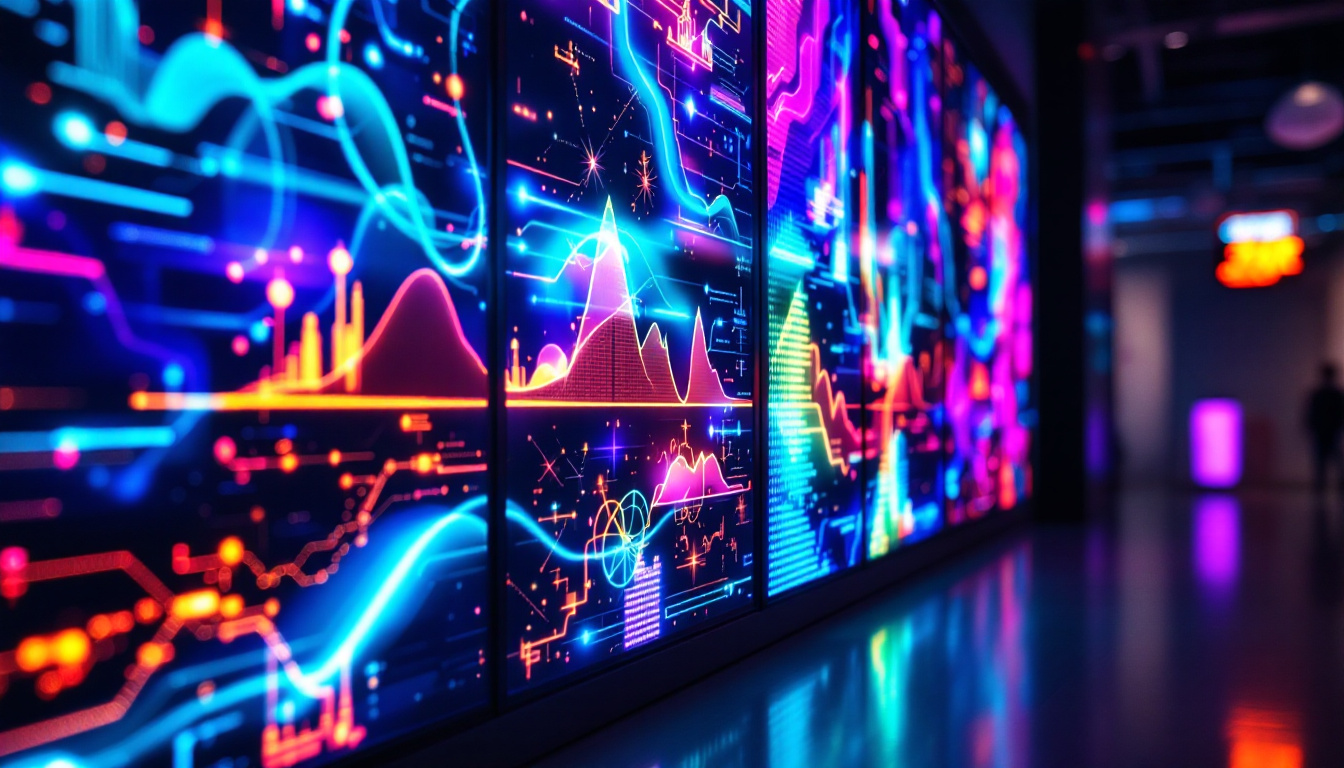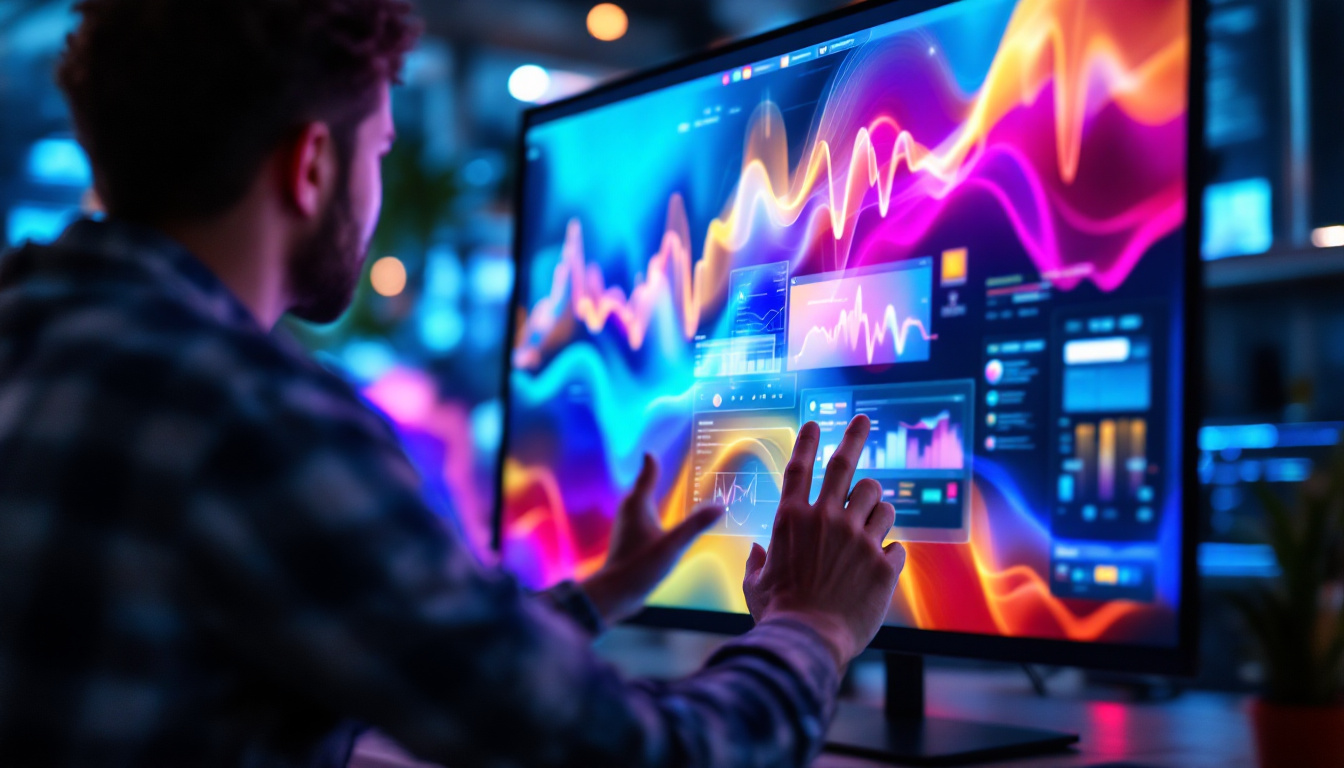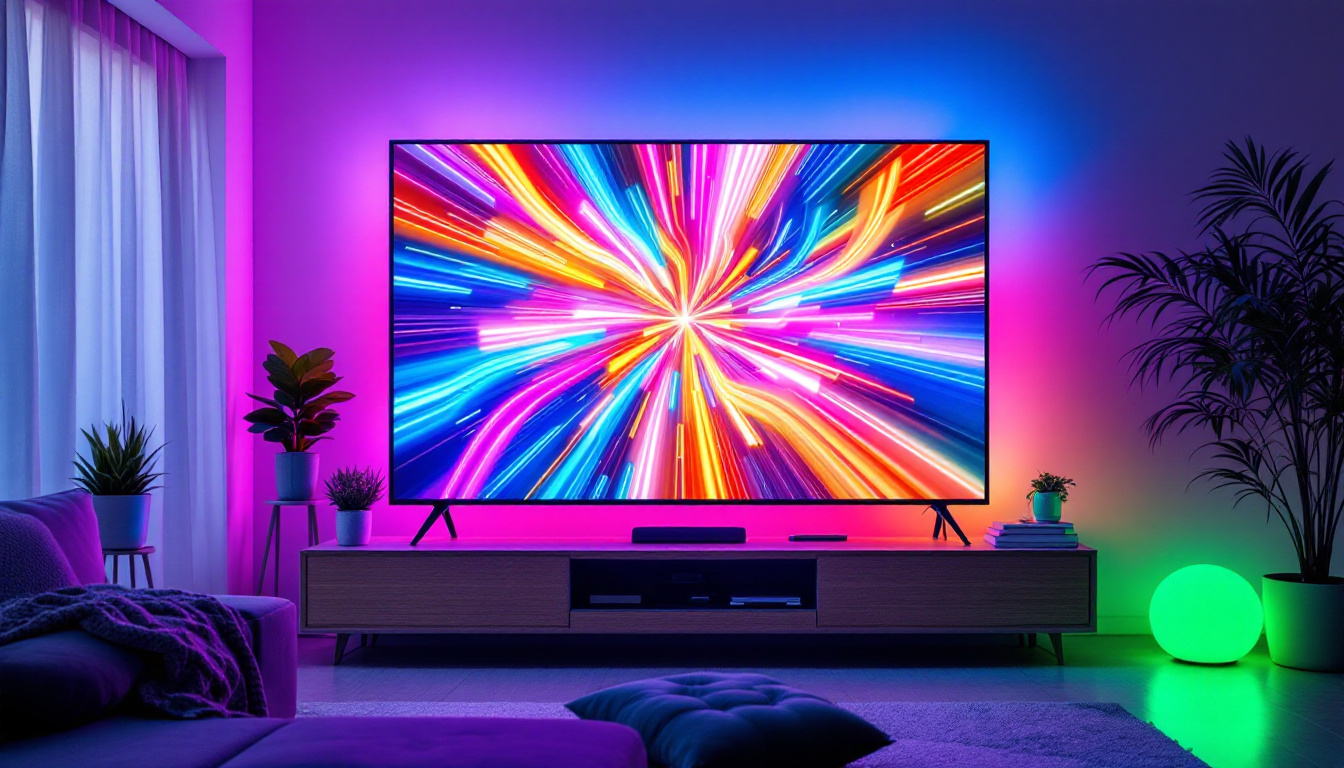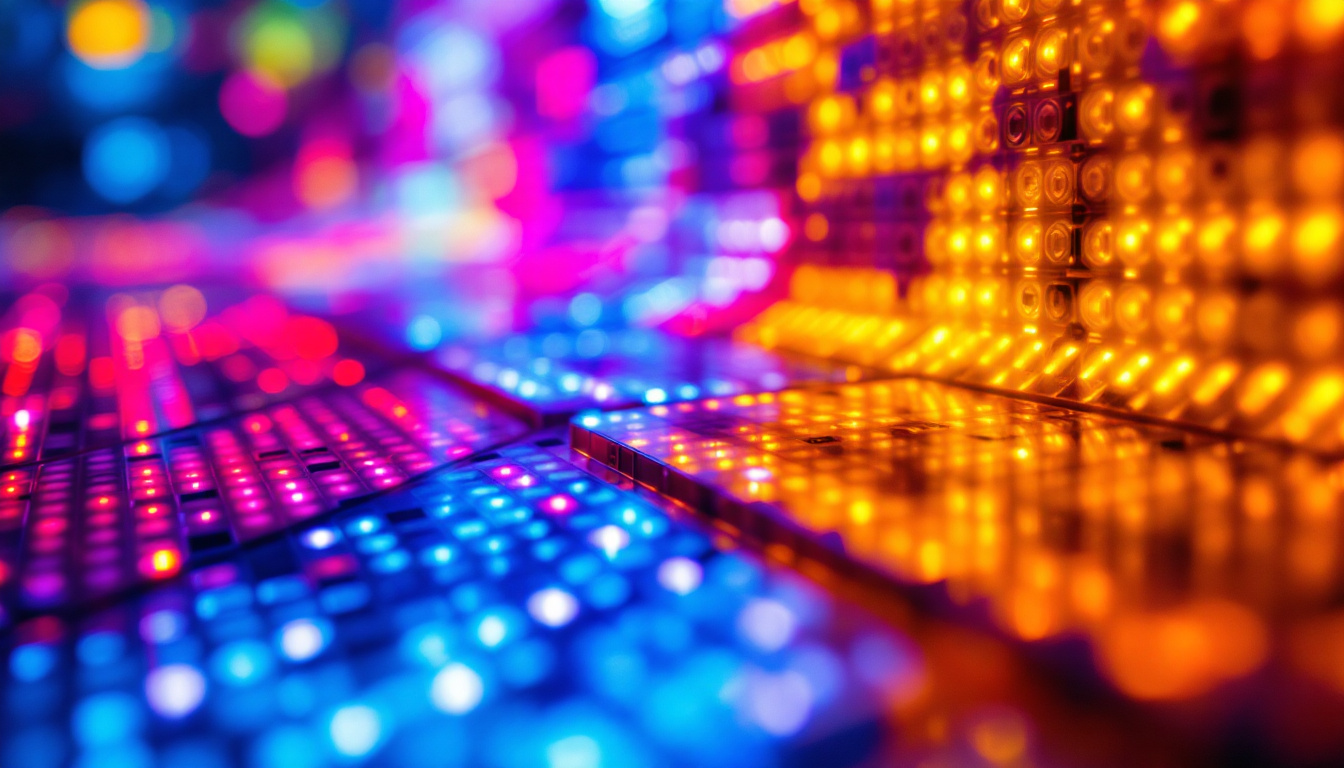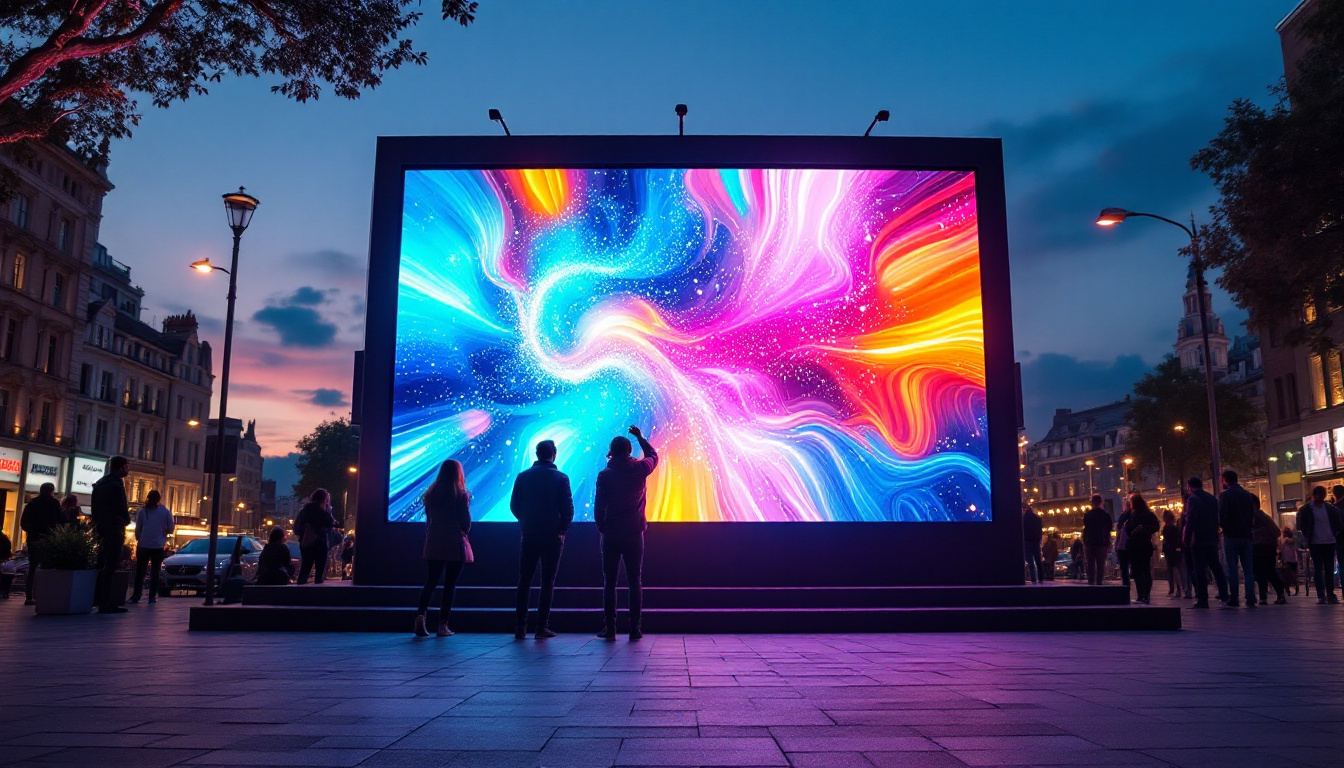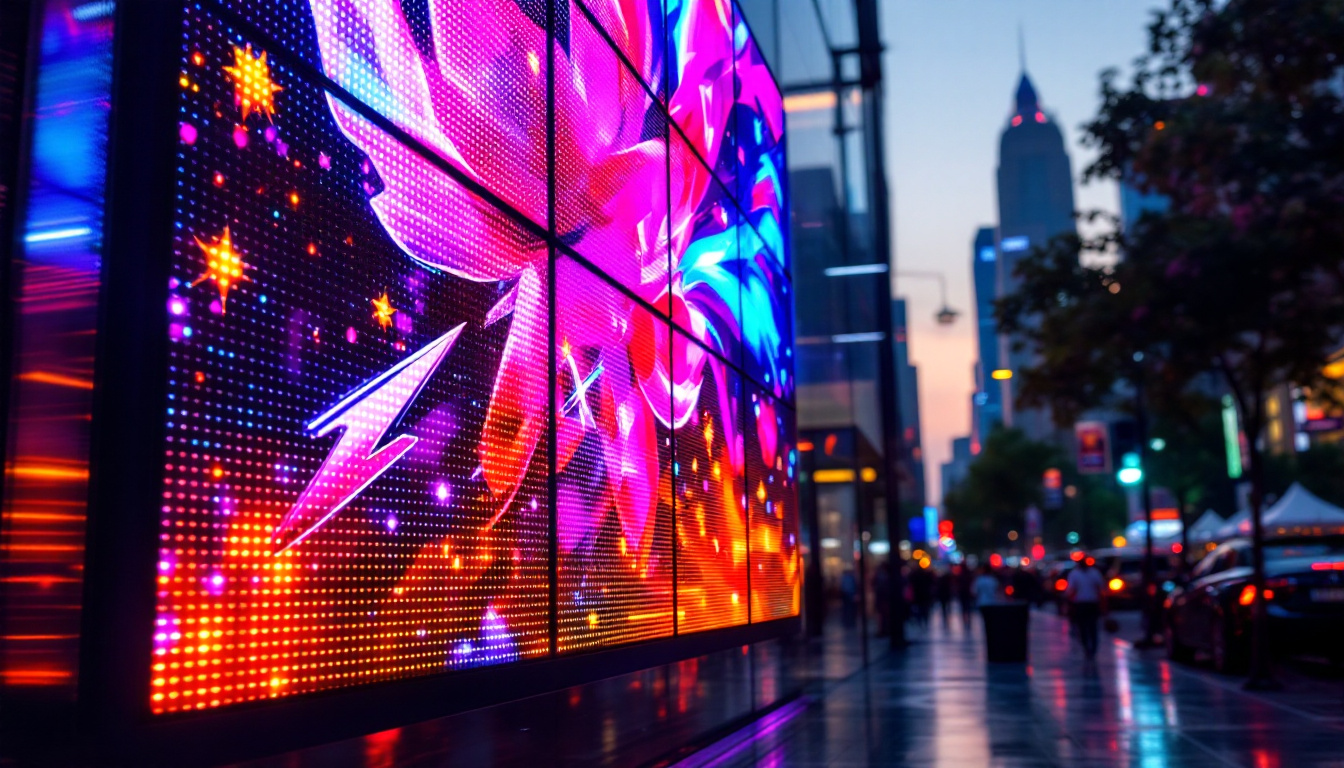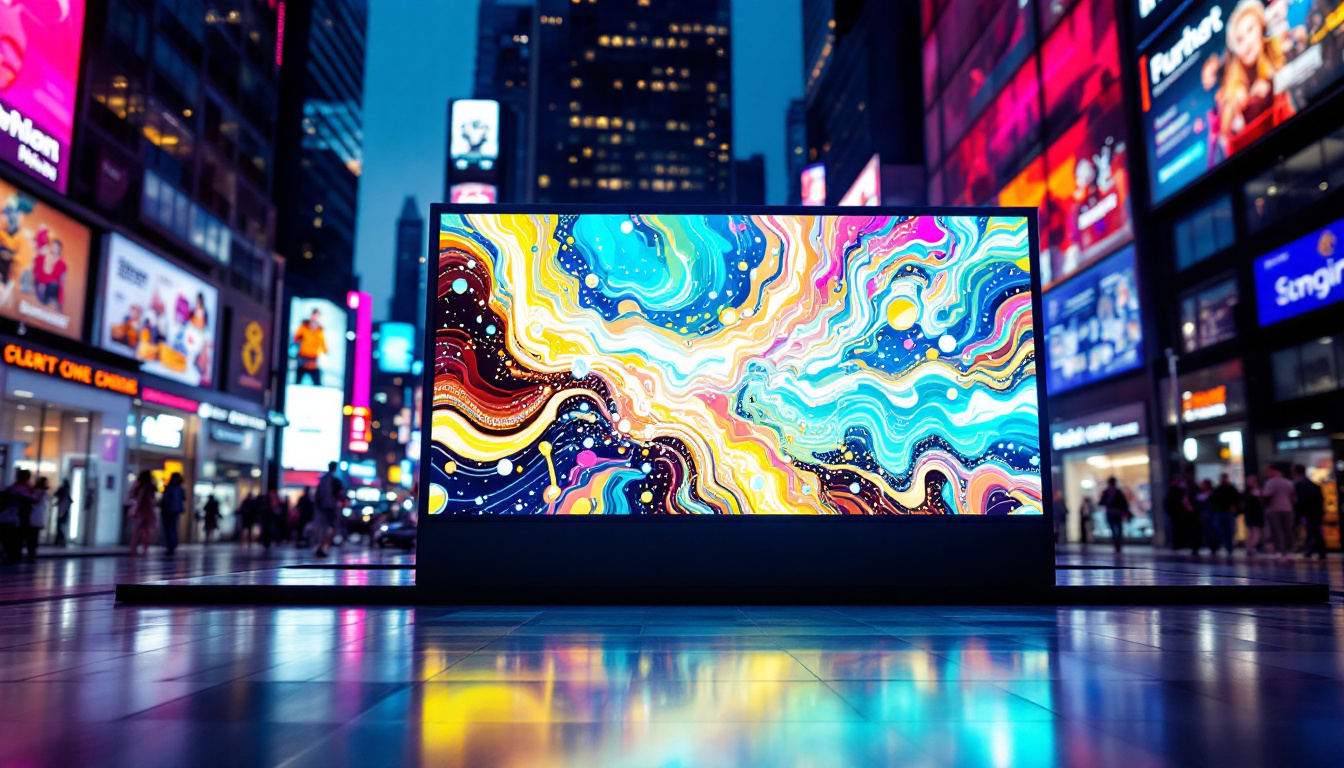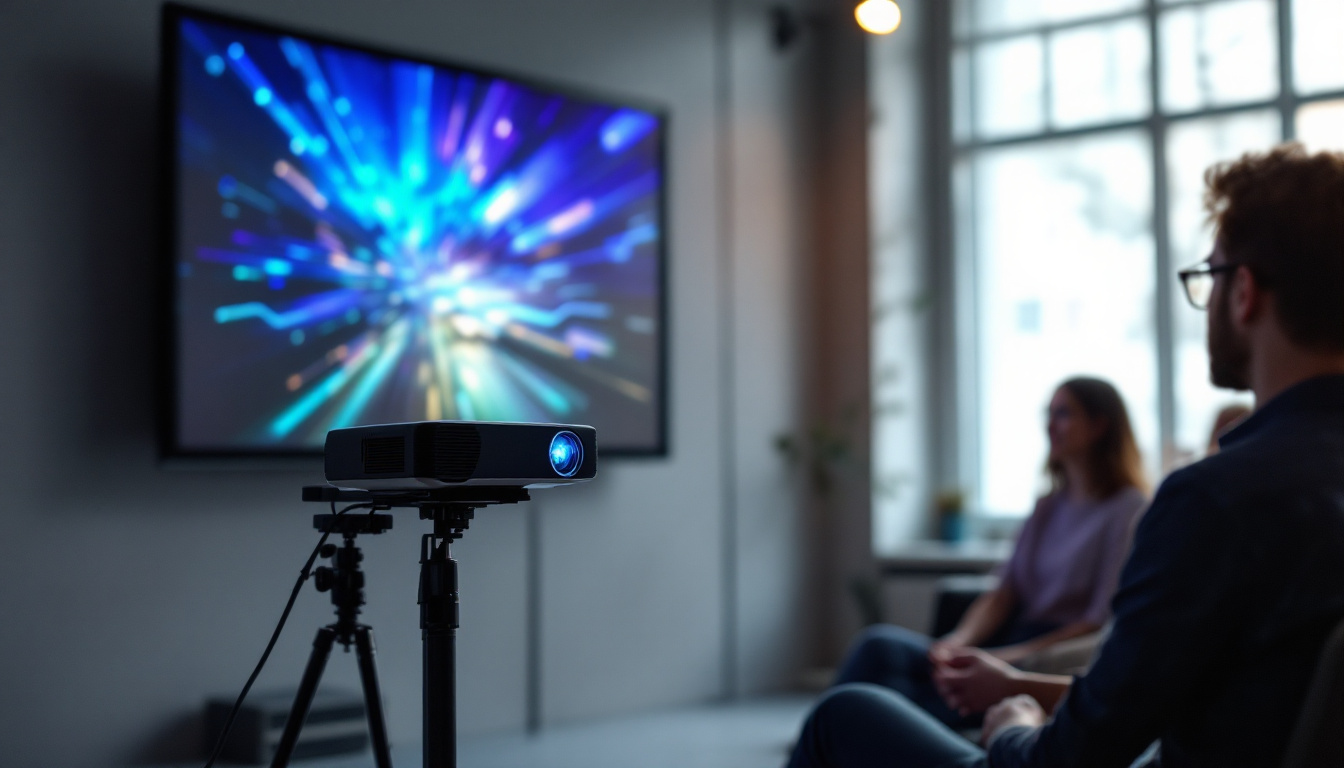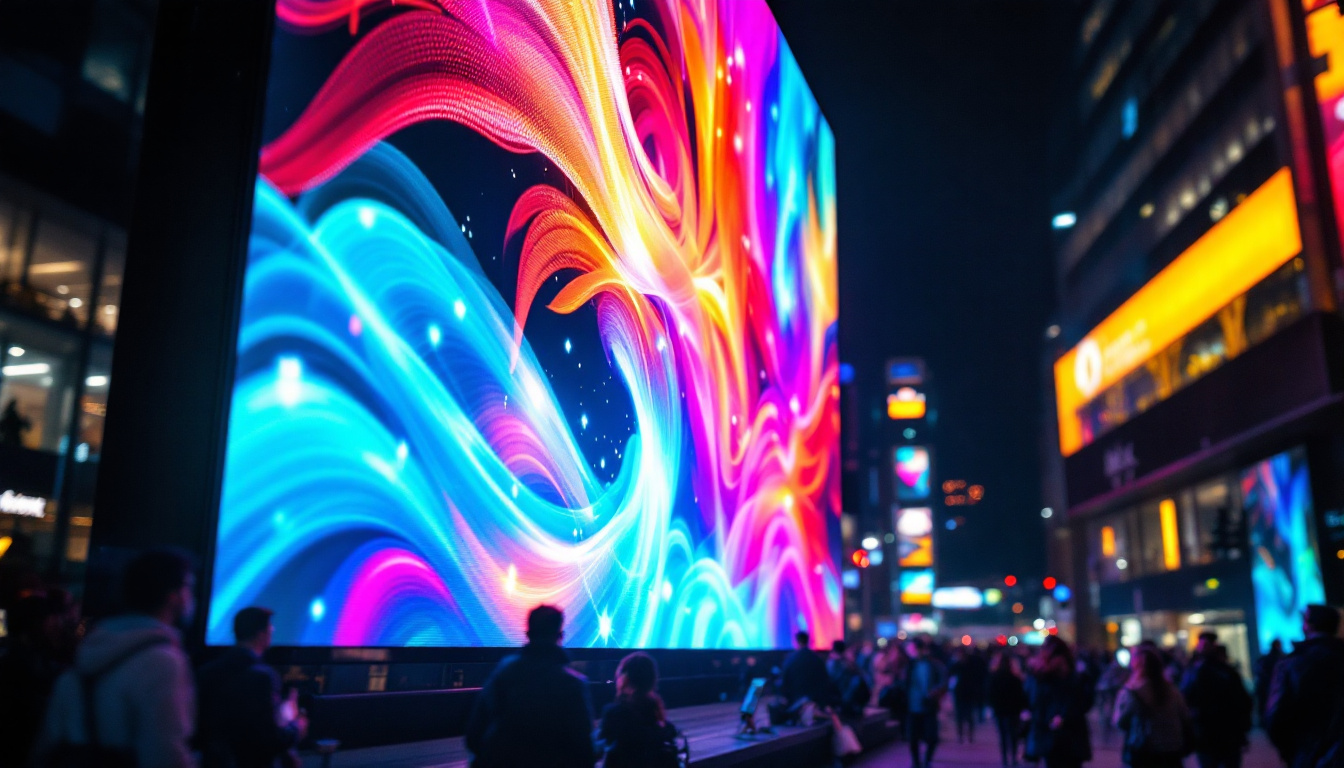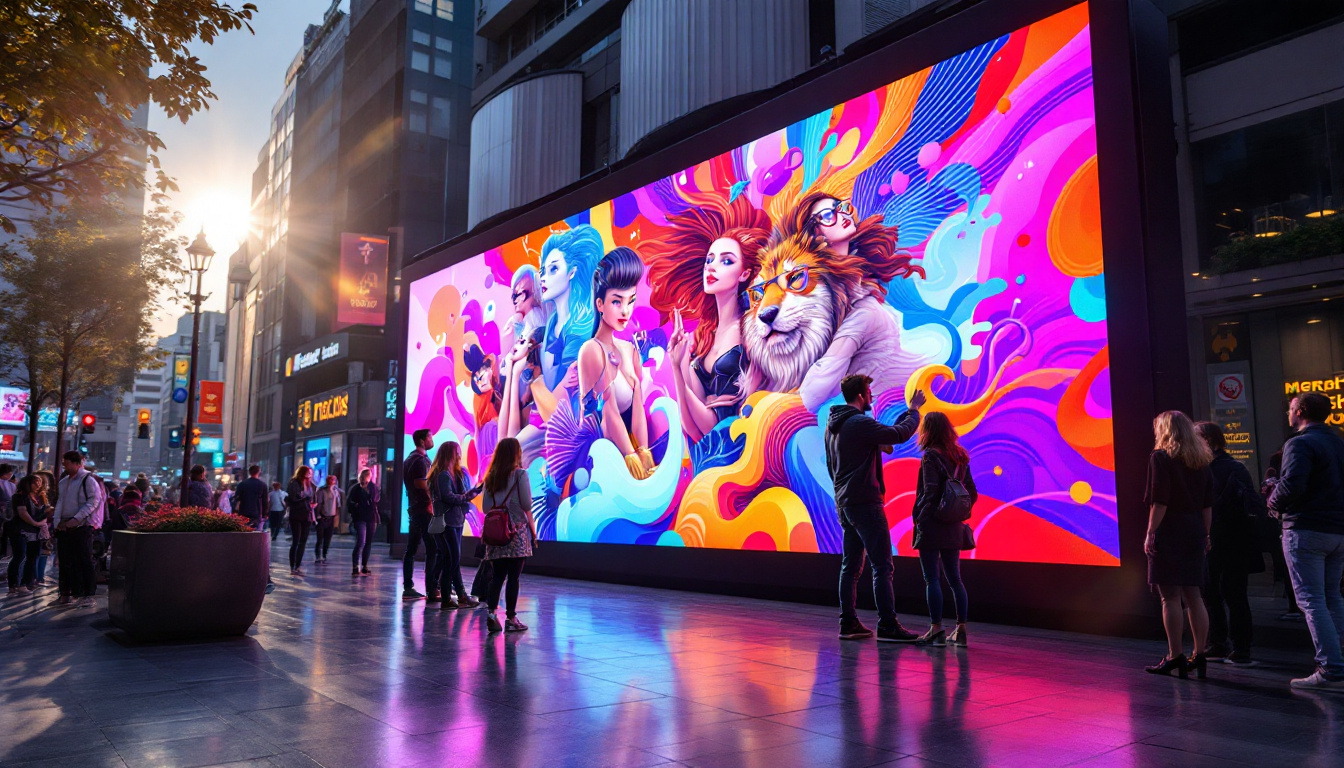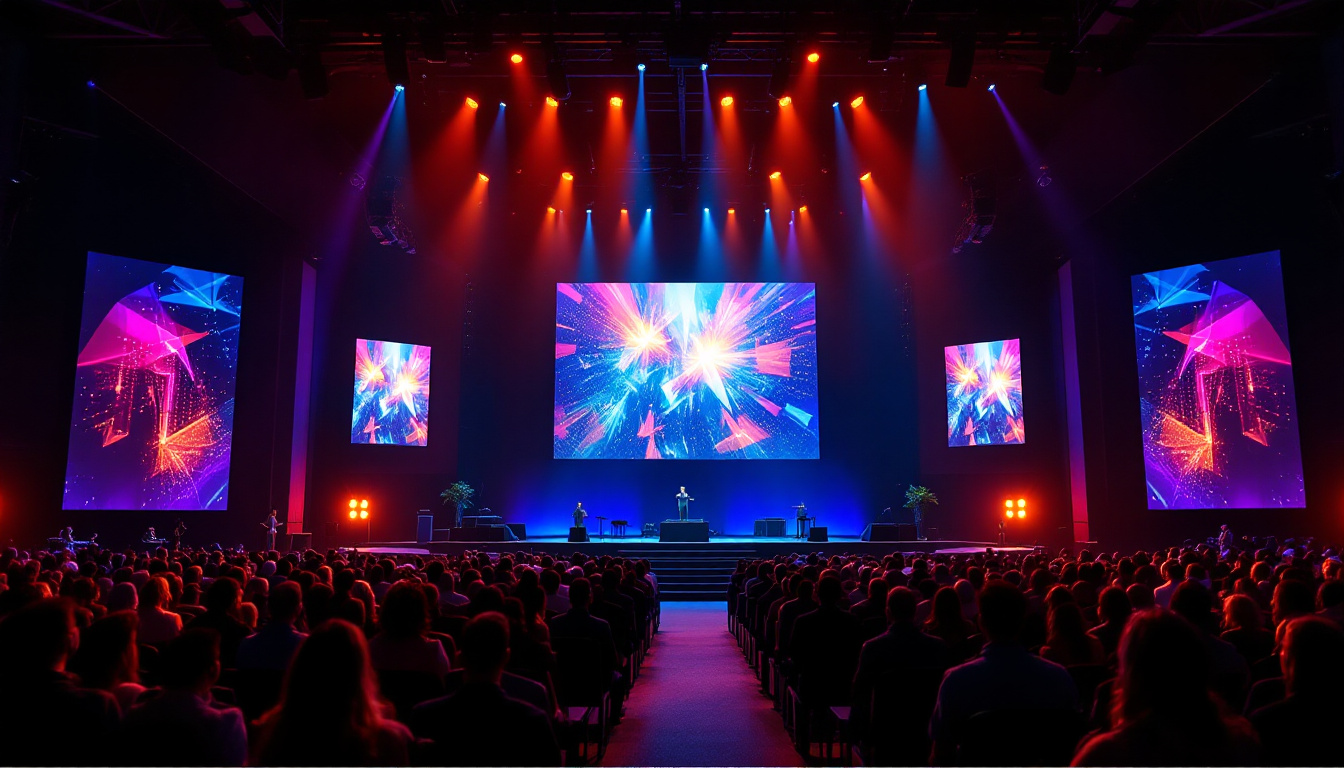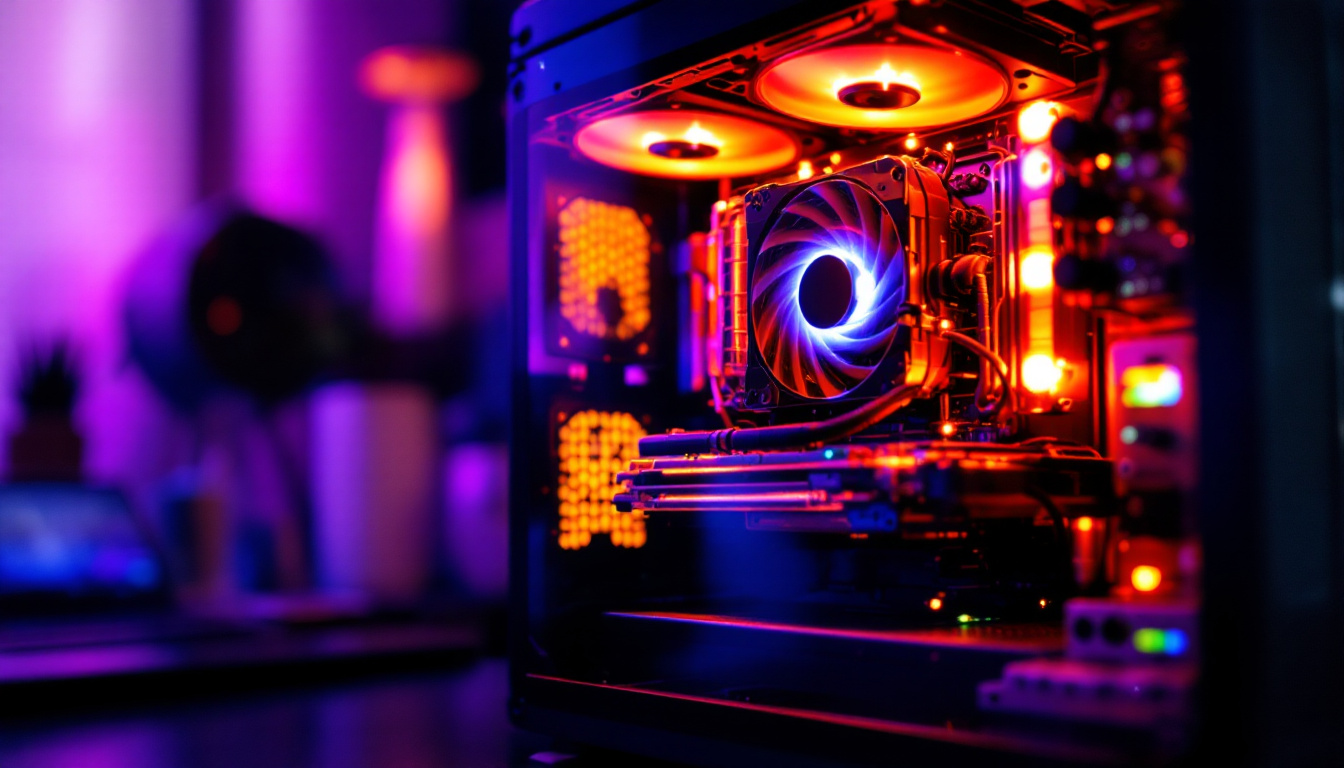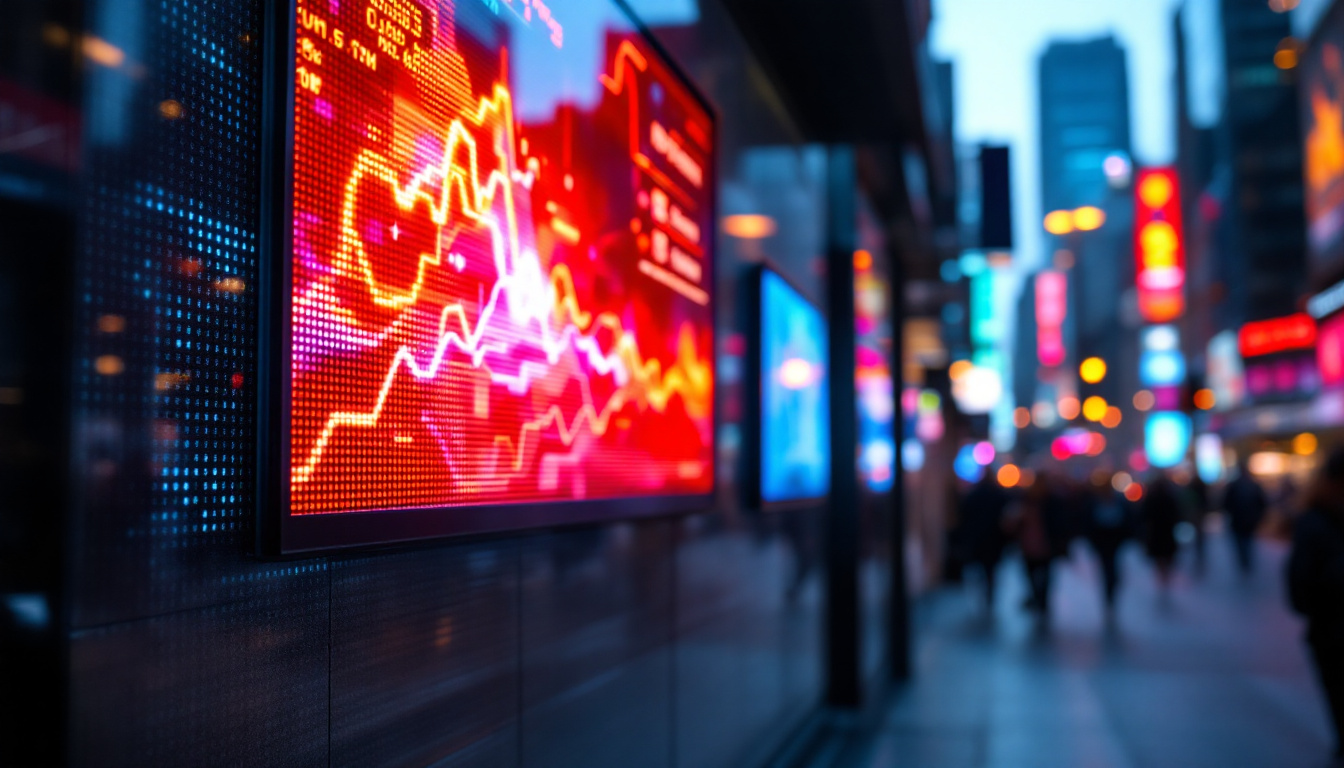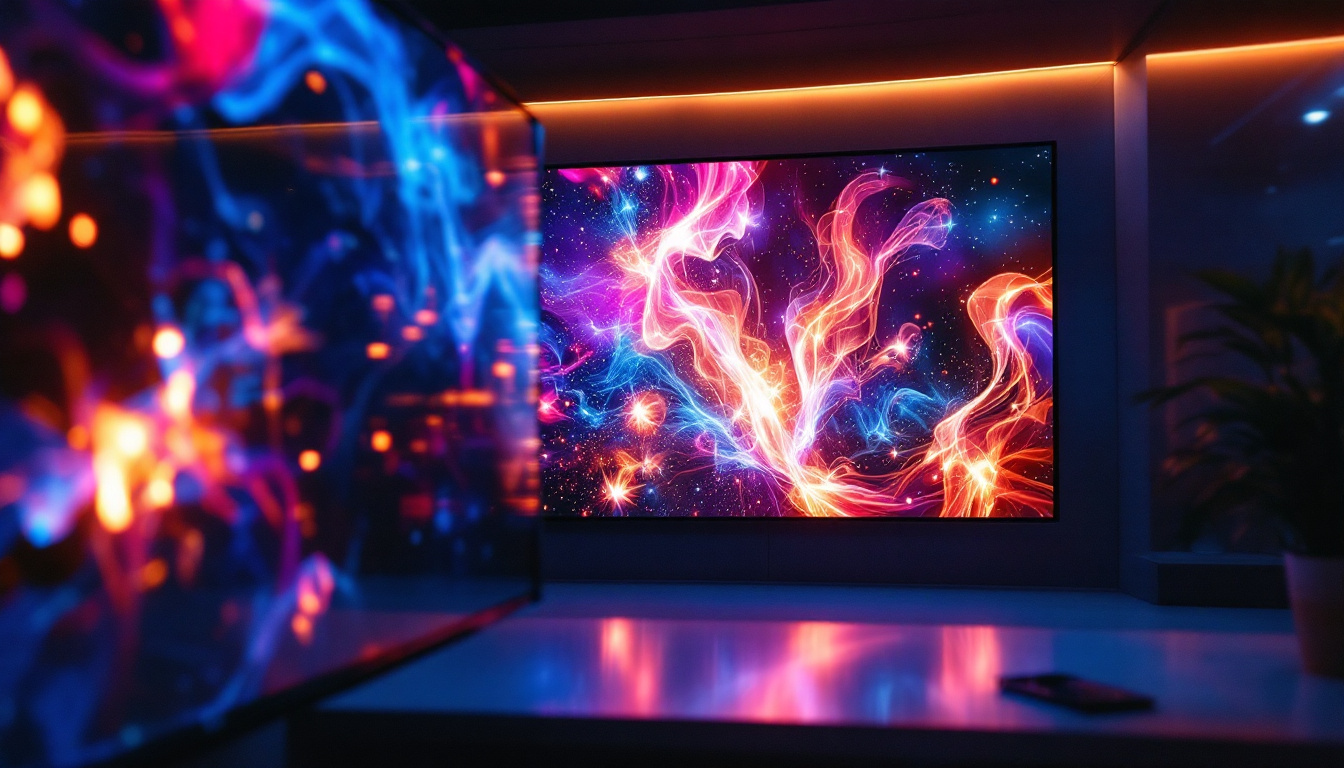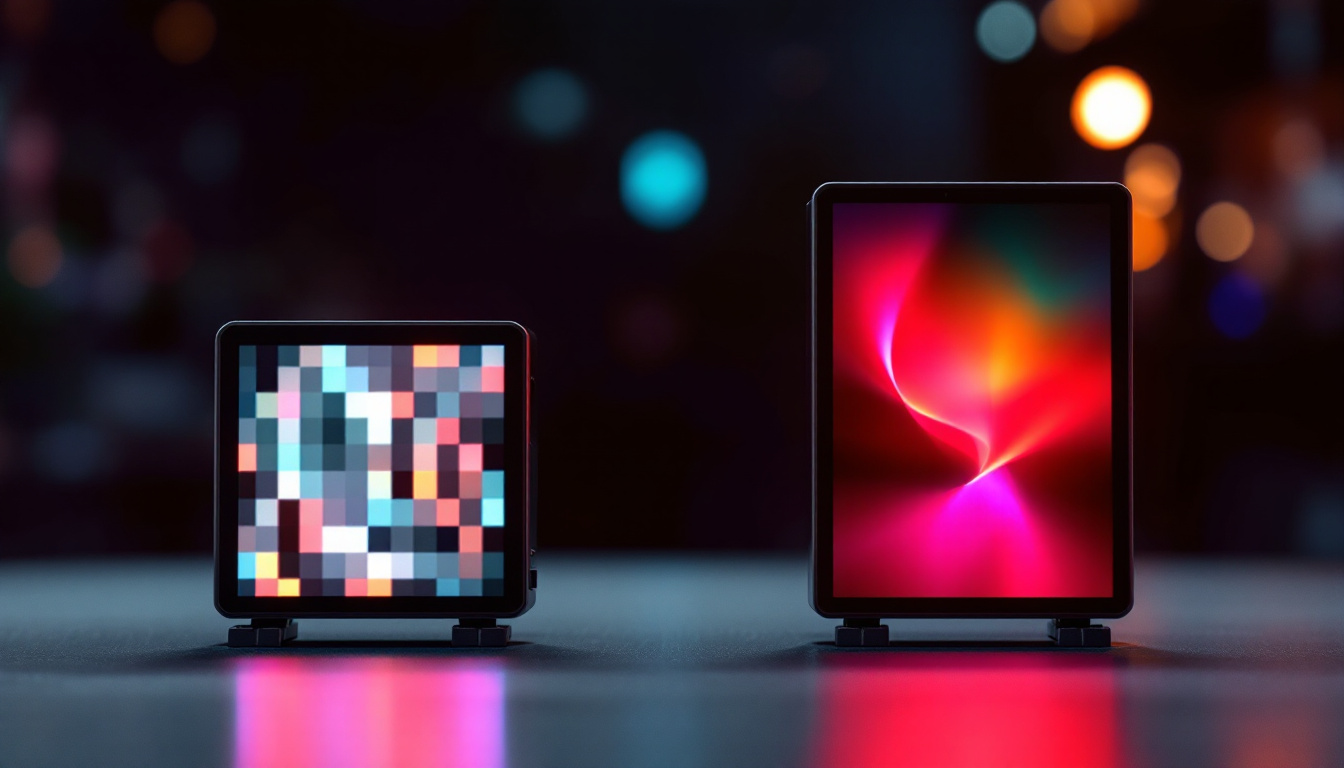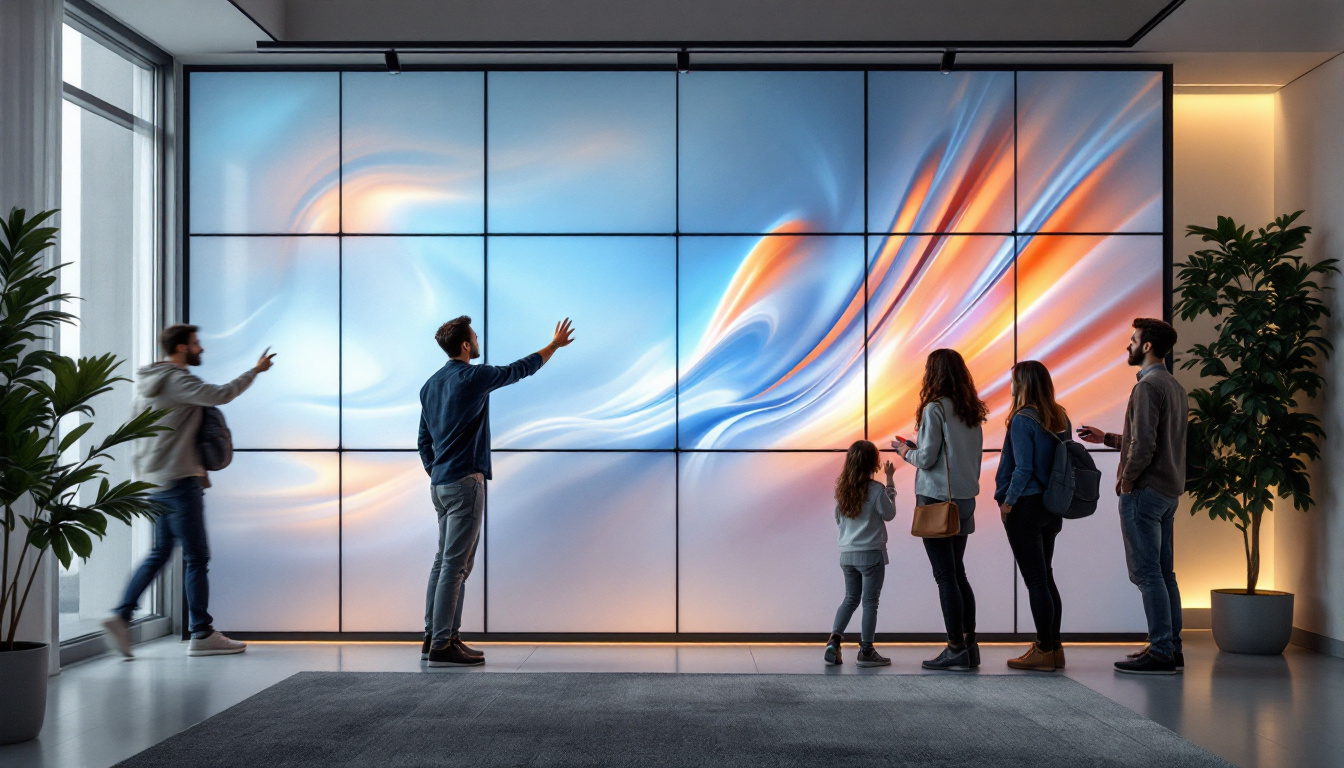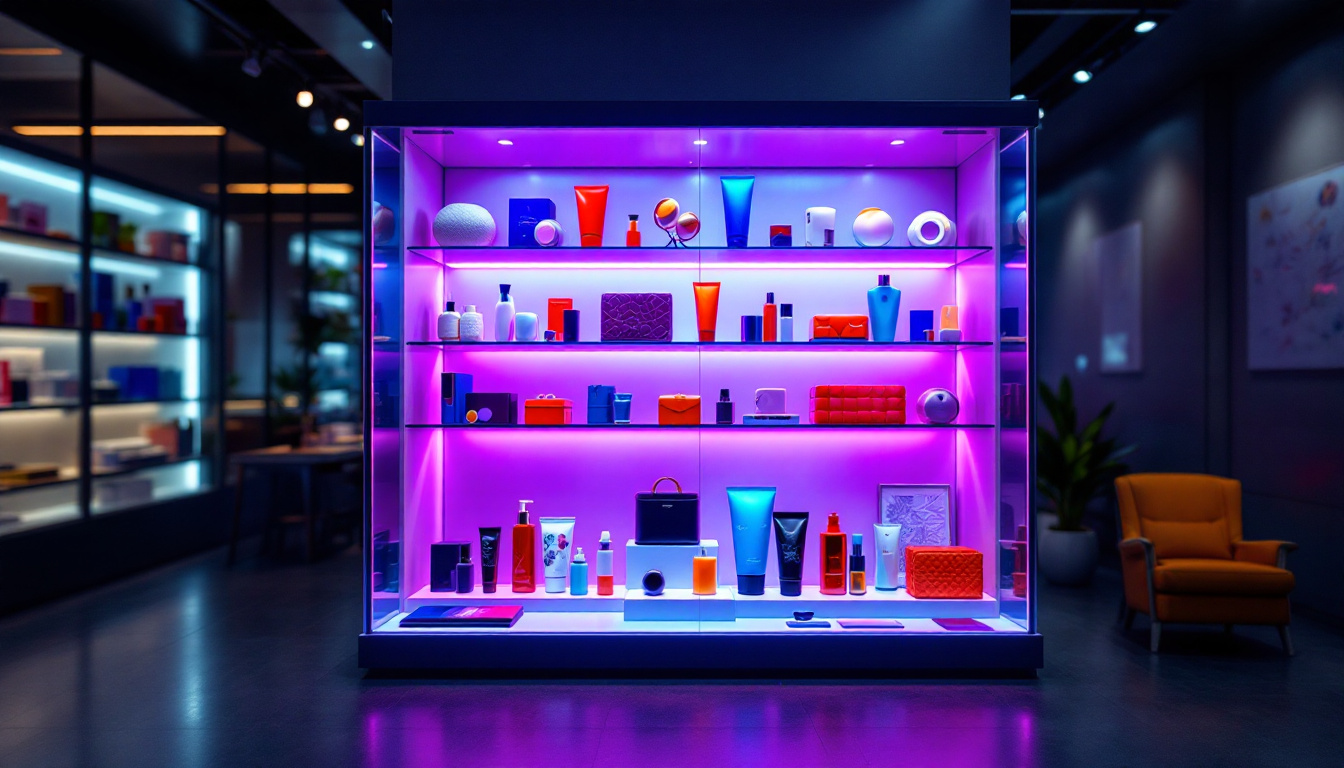In the ever-evolving world of marketing, visual communication plays a pivotal role in capturing consumer attention. Among the myriad of options available, LED displays have emerged as a powerful tool for businesses seeking to enhance their advertising strategies. This article delves into the intricacies of LED displays, exploring their benefits, applications, and the technology that powers them.
Understanding LED Displays
LED, or Light Emitting Diode, displays utilize semiconductor technology to produce light when an electric current passes through them. Unlike traditional display technologies, such as LCD or plasma, LED displays offer superior brightness, energy efficiency, and longevity. As a result, they have become a favored choice for both indoor and outdoor marketing displays. The versatility of LED technology has also led to its adoption in various sectors, including entertainment, transportation, and even healthcare, where clear and vibrant displays are essential for effective communication.
How LED Displays Work
At the heart of an LED display are individual diodes that emit light in various colors. These diodes are arranged in a grid format, allowing for the creation of images and videos. The color and brightness of each pixel can be controlled independently, enabling dynamic content that can change in real-time. This capability is particularly advantageous for advertising, as businesses can easily update their messages to reflect promotions, events, or seasonal changes without the need for physical alterations to the display.
When an LED display is powered, the diodes light up according to the signals received from a controller. This controller processes the content to be displayed, whether it be text, images, or video, and sends the appropriate signals to the diodes. The result is a vibrant, eye-catching display that can convey messages effectively. Furthermore, advancements in technology have led to the development of smart LED displays that can integrate with social media feeds, allowing for real-time engagement with audiences and enhancing the overall viewer experience.
Types of LED Displays
LED displays come in various forms, each tailored to specific applications. The most common types include:
- Indoor LED Displays: These are designed for use in retail environments, conference rooms, and other indoor settings. They typically have a higher pixel density, providing sharper images and text. Indoor displays are often used for digital signage, enhancing customer engagement through interactive content and advertisements.
- Outdoor LED Displays: Built to withstand the elements, outdoor LED displays are used for billboards, stadiums, and public events. They are brighter and more robust, ensuring visibility even in direct sunlight. These displays are often equipped with advanced weatherproofing technologies and can feature high refresh rates for smooth video playback, making them ideal for dynamic advertising.
- Transparent LED Displays: A newer innovation, transparent LED displays allow for visibility through the screen while still displaying content. This makes them ideal for storefronts and exhibitions. Their unique design not only maximizes space but also creates an immersive experience, as they can blend seamlessly into the environment while showcasing captivating visuals.
Benefits of Using LED Displays in Marketing
LED displays offer a multitude of advantages that make them an attractive option for marketing purposes. Their ability to capture attention and convey messages effectively can significantly enhance a brand’s visibility and engagement with its audience.
High Visibility and Impact
One of the standout features of LED displays is their brightness. They can produce vivid colors and high contrast, making them easily visible from a distance. This is particularly beneficial for outdoor advertising, where competing with natural light is essential.
The dynamic nature of LED displays allows for animated content, which can be more engaging than static images. This capability can draw in passersby, increasing foot traffic and brand awareness. A well-placed LED display can become a focal point, captivating the attention of potential customers.
Cost-Effectiveness
While the initial investment in LED technology may be higher than traditional signage, the long-term savings are significant. LED displays are energy-efficient, consuming less power than other display types. Additionally, their durability means lower maintenance and replacement costs.
Moreover, the flexibility of LED displays allows businesses to update their content easily. This means that instead of printing new materials for every campaign, companies can simply change the digital content, reducing waste and costs associated with traditional advertising methods.
Enhanced Customer Engagement
LED displays provide an interactive platform for engaging customers. Businesses can incorporate real-time data, such as social media feeds or live event updates, fostering a connection with their audience. This interactivity can enhance the customer experience, making it more memorable.
Furthermore, LED displays can be used to showcase promotions, events, or new products, encouraging immediate action from consumers. By creating a sense of urgency with countdowns or limited-time offers, businesses can drive sales and increase customer participation.
Applications of LED Displays
The versatility of LED displays allows them to be utilized across various industries and settings. Their applications are limited only by creativity, making them a valuable asset for businesses looking to enhance their marketing efforts.
Retail Environments
In retail spaces, LED displays serve as powerful marketing tools. They can be used to highlight promotions, showcase new arrivals, or provide information about products. The ability to change content frequently allows retailers to keep their messaging fresh and relevant.
Additionally, LED displays can enhance the overall shopping experience. Interactive displays can engage customers, providing them with product information or guiding them through the store. This not only improves customer satisfaction but can also lead to increased sales.
Events and Venues
LED displays are a staple at events, concerts, and sporting venues. They can be used to display schedules, highlight sponsors, or provide live updates during events. Their ability to present dynamic content makes them ideal for creating an immersive experience for attendees.
Moreover, LED screens can be used for live streaming, allowing audiences to engage with the event even from a distance. This capability has become increasingly important in the age of virtual events, where connecting with audiences remotely is essential.
Public Spaces and Transportation
LED displays are also widely used in public spaces, such as airports, train stations, and city squares. They can provide essential information, such as flight schedules or public service announcements, in a clear and visually appealing manner.
In urban environments, LED billboards can capture the attention of commuters and pedestrians alike. Their large size and vibrant colors make them an effective medium for advertising, ensuring that messages are seen by a broad audience.
Challenges and Considerations
Despite their numerous advantages, LED displays are not without challenges. Businesses must consider several factors when integrating LED technology into their marketing strategies.
Initial Investment and Installation
The upfront cost of purchasing and installing LED displays can be significant. Businesses must weigh this investment against the potential return on investment (ROI) to determine if it aligns with their marketing budget and goals.
Installation can also present challenges, particularly for larger displays. Proper planning and execution are crucial to ensure that the display is positioned effectively and operates correctly. This may require professional assistance, adding to the overall cost.
Content Management
Maintaining fresh and relevant content is essential for maximizing the effectiveness of LED displays. Businesses must invest time and resources into content creation and management to keep their messaging engaging.
Additionally, the technology behind LED displays requires regular updates and maintenance to ensure optimal performance. This ongoing commitment can be a consideration for businesses looking to adopt this technology.
The Future of LED Displays in Marketing
As technology continues to advance, the future of LED displays in marketing looks promising. Innovations in display technology, such as higher resolutions and improved energy efficiency, are on the horizon.
Integration with Smart Technology
The integration of LED displays with smart technology is expected to revolutionize how businesses engage with consumers. With the rise of the Internet of Things (IoT), LED displays can be connected to various data sources, allowing for more personalized and targeted advertising.
For instance, businesses could use real-time data to display tailored messages based on customer demographics or behaviors. This level of personalization can significantly enhance the effectiveness of marketing campaigns, driving higher engagement and conversion rates.
Augmented and Virtual Reality
As augmented reality (AR) and virtual reality (VR) technologies gain traction, LED displays may play a crucial role in creating immersive experiences. Combining LED technology with AR or VR can transform marketing displays into interactive environments that captivate audiences.
Imagine walking through a store and seeing products come to life through augmented reality on an LED screen. This type of engagement could redefine how consumers interact with brands, making marketing campaigns more memorable and impactful.
Conclusion
LED displays have transformed the landscape of marketing, offering businesses a dynamic and effective way to connect with their audiences. Their high visibility, cost-effectiveness, and versatility make them a valuable asset in various settings, from retail environments to public spaces.
While challenges exist, the potential for enhanced customer engagement and the ability to convey messages in real-time make LED displays an attractive option for modern marketing strategies. As technology continues to evolve, the future of LED displays promises even more innovative applications, paving the way for exciting developments in the world of advertising.
In conclusion, for businesses looking to elevate their marketing efforts, investing in LED display technology is not just a trend but a strategic move towards engaging consumers in an increasingly digital world.
Discover LumenMatrix LED Display Solutions
Ready to take your marketing to the next level with high-impact LED displays? Explore LumenMatrix’s comprehensive range of innovative LED display modules, designed to captivate your audience and amplify your brand’s message. From Indoor and Outdoor LED Walls to specialized solutions like Vehicle and Sports Displays, our products are tailored to create unforgettable visual experiences. Embrace the future of visual communication with LumenMatrix and transform how you engage with consumers. Check out LumenMatrix LED Display Solutions today and see your vision come to life.

